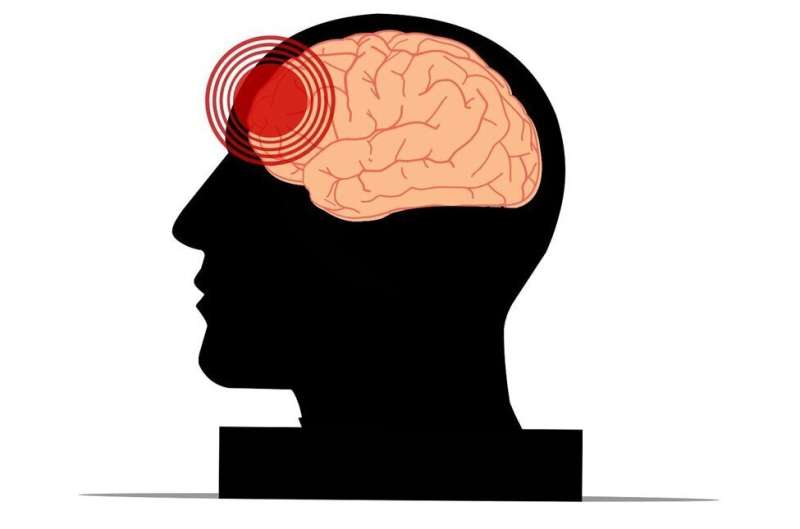Advances in Visualizing Inflamed Joints in Children with Arthritis Reveal New Treatment Targets

New research uncovers cellular details of inflamed joints in children with juvenile arthritis, paving the way for targeted treatments and personalized care.
Recent research from the University of Birmingham, UCL, Great Ormond Street Hospital, and Birmingham Children's Hospital has provided new insights into the cellular environment of inflamed joints in children with juvenile idiopathic arthritis (JIA). This autoimmune condition causes the immune system to attack synovial joints, leading to swelling, stiffness, and pain, which can result in joint damage and long-term disability. With over 10,000 children affected in the UK alone, understanding the disease's underlying mechanisms is crucial for improving treatments.
By employing cutting-edge imaging and gene-profiling technologies, scientists collected small tissue samples from the joint lining during medical injections. These samples were analyzed with high-resolution mapping, revealing detailed cellular architectures and signaling pathways involved in inflammation. Notably, the cellular compositions varied with age and disease severity, indicating that arthritis in children differs significantly from adult cases.
This study charts a new path by directly examining joint tissues rather than relying solely on blood tests, which often do not accurately reflect joint pathology. The findings highlight differences in immune cell types, blood vessel structures, and connective tissue in young patients compared to adults, emphasizing the importance of age-specific approaches to treatment.
Professor Adam Croft emphasized that identifying cellular fingerprints within joint tissue could improve the prediction of drug efficacy, facilitating personalized medicine. Similarly, Professor Lucy Wedderburn pointed out that analyzing joint lining tissue provides more precise information about the disease's state, assisting in developing tailored therapies.
The research underscores the importance of understanding that juvenile arthritis may require different treatment strategies than adult forms. This knowledge could lead to more targeted therapies, faster diagnosis, and better management of the disease in children. The study, published in Science Translational Medicine, marks a significant step toward uncovering disease mechanisms and improving outcomes for young patients.
For more details, visit: https://medicalxpress.com/news/2025-07-visualizing-inflamed-joints-children-arthritis.html
Stay Updated with Mia's Feed
Get the latest health & wellness insights delivered straight to your inbox.
Related Articles
Older Adults with Traumatic Brain Injuries Face Higher Dementia Risk
Traumatic brain injuries in older adults significantly increase the risk of developing dementia, highlighting the importance of fall prevention and targeted community health programs.
Rising Unsupervised Use of Antibiotics to Prevent STIs in the Netherlands
An increasing trend of unsupervised antibiotic use among key populations in the Netherlands highlights concerns over antimicrobial resistance and public health impacts related to STI prevention.
Importance of Breast Cancer Screening in Women in Their 40s for Early Detection and Survival
Early breast cancer screening starting in women’s 40s can significantly improve survival rates by enabling early detection and treatment. A new study advocates for lowering screening age based on recent findings.
Prozac Enhances Brain Plasticity by Modulating Energy Systems in Key Neurons
New research shows that Prozac promotes brain plasticity by altering energy management in key neurons, potentially improving depression treatment outcomes.



